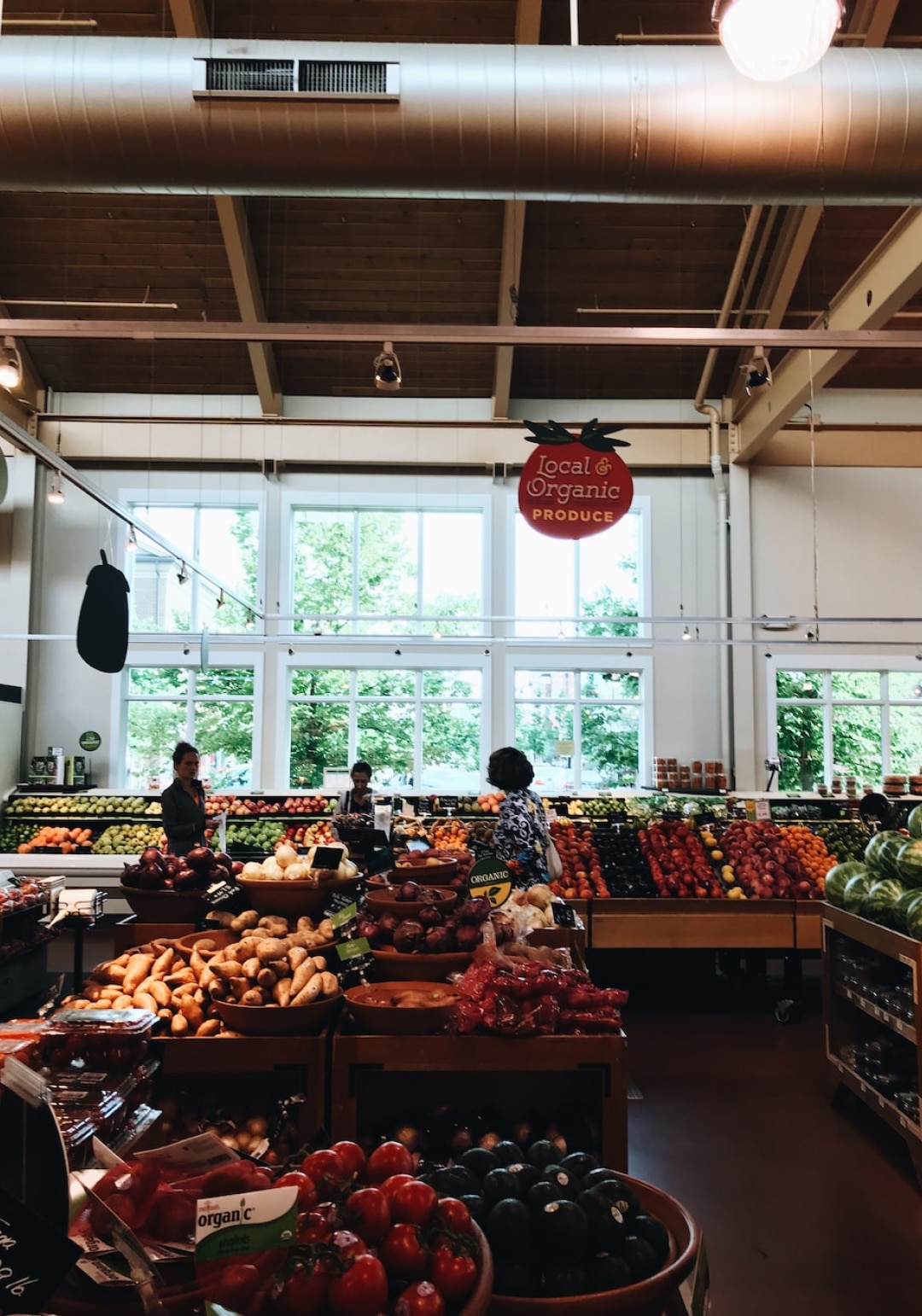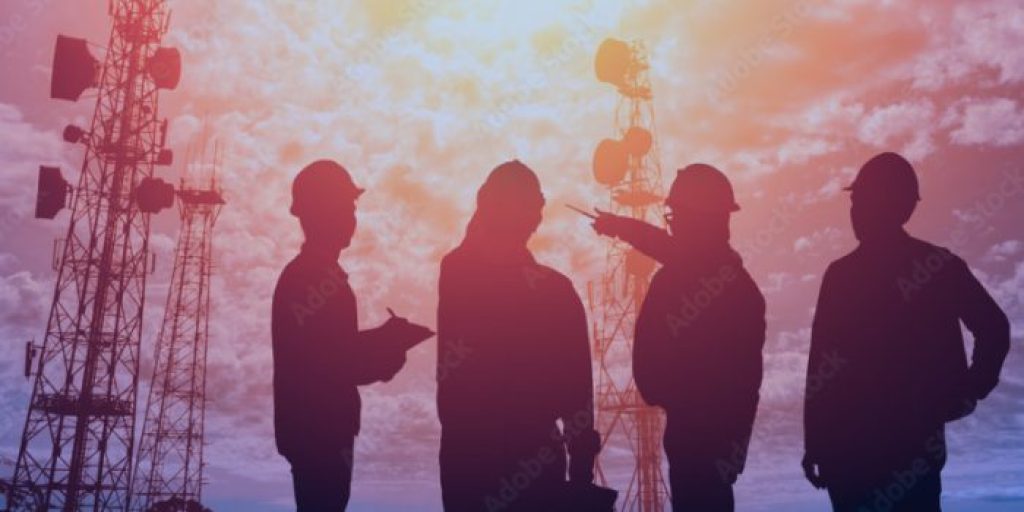CUSTOMER STORIES
How a mega grocery retailer modernized 200 apps with Identity Orchestration
- No app refactoring.
The grocery giant migrated 200 apps without rewriting or interrupting their user experience. - No time consuming, expensive migration projects.
They saved millions in custom coding, manual testing, and validation. - No legacy vendor lock-ins.
The team retired legacy identity software plus the supporting infrastructure and reduced tech debt.
Use case:
App / identity modernization
Employees:
500,000
Apps migrated:
200
“I don’t like to think about what could have been without Strata. It could have been hundreds of thousands of hours redeveloping applications and reconfiguring.”
— Manager of Cloud Information Security
THE CHALLENGE
Modernize 200 mission-critical apps and retire the legacy identity provider for good
The cloud security team for the grocery retailer had an identity problem — their legacy identity provider (IDP) was nearing its end of life and had to be replaced. This was easier said than done.
The team faced a lengthy migration from an on-premises single sign-on (SSO) IDP to Microsoft’s Azure Active Directory. The conservative estimate was for the project to take years and cost millions of dollars.
The company didn’t have years. Without the migration, they’d have to abandon many of their older, but mission-critical in-house built and non-standard applications.

“We were looking for a solution or a process that would help us migrate and also be flexible enough to handle the scale we have here. We also needed a real partner to help us understand what we needed to do to reach our goal. We got both of those things with Strata.”
— Manager of Cloud Information Security

THE SOLUTION
Deploy Maverics Identity Orchestration Platform to modernize in a fraction of the time without refactoring
The grocery retailer chain needed a smart solution that could help them migrate without refactoring. So, together with Strata the teams worked together to build out both non-production and productionalized instances of the solution. Together they:
- Scaled Maverics horizontally
making it highly available, resilient, and seamlessly integrated into the CI/CD pipeline. - Accelerated the completion date of the app migration by several years
allowing the company to focus valuable time and resources on future business innovation - Shut down the legacy identity services stack
that was keeping vital applications stuck in the past.
“The experience was great from our initial meeting. The conversation and the responses were exactly what we were looking for.”
— Manager of Cloud Information Security
THE OUTCOME
200 modernized applications without refactoring or abandoning a single one
Strata’s incremental approach delivered a seamless migration that exceeded all expectations. Moving apps off their on-premises solution suddenly became simple — what would have taken months for a single app was completed in hours.

“I would highly recommend other enterprises interested in modernizing applications and increasing their security posture to talk with Strata. Having a foundation based on industry standards and protocols like Strata does keeps things simpler and moves us toward the future.”
— Manager of Cloud Information Security
RECOMMENDED FOR YOU


